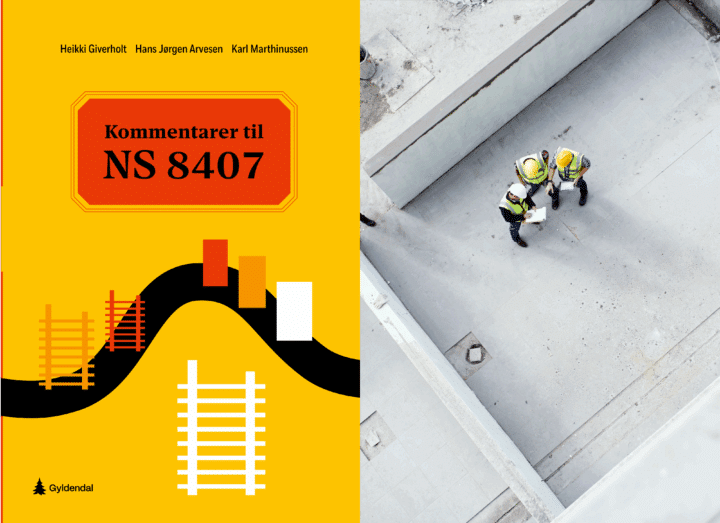Critical raw materials are currently largely imported from China and the Democratic Republic of the Congo but the draft regulation now lists 34 different types of raw materials, 16 of which are considered key strategic raw materials (SRMs). The Commission wants to set new targets for 2030, whereby at least ten per cent of the EU’s annual consumption of SRMs will come from geological resources within the Union. In addition, at least forty per cent of the annual consumption of SRMs must be processed in EU countries. There are also other sub-proposals, such as a completely new permitting process for projects involving SRMs. The idea is that the process will be designed as a type of fast track, such that strategic projects involving the extraction of strategic raw materials may not exceed two years and strategic projects involving the processing or recycling of these materials may not exceed one year.
At first glance, it is easy to see the Commission’s proposal as a welcome initial step that can benefit Sweden as a mining country. The question is, however, how much of this fast track will be realised if the Commission’s proposal for an updated Industrial Emissions Directive (IED) is implemented at the same time. Specifically, the new wording of the IED includes new industries such as mining, including battery cell businesses and hydrogen gas. The Directive is proposed to provide significantly greater detailed management for the use of resources and lowest possible emissions. Mandatory rules regarding innovation will also be introduced. The requirements lead to over-bureaucratisation in tandem with new, detailed requirements for measuring emissions and resource use. As a whole, this development risks making the advanced steel production that takes place in Sweden more difficult. In addition, the new wording of the IED will force a significant number of Swedish companies into new court proceedings in order to obtain alternative values as compared to the Directive’s model. One must also bear in mind that the Swedish permitting process is already under extreme strain and Sweden has slipped considerably on Fraser’s list of attractive mining countries.
The purpose behind the new EU legislation is a welcome one, since the aim is to reduce emissions and streamline permitting processes. However, the proposal lacks an overview of the aggregate consequences of the collection of new EU legislation. Similarly, there is no adaptation to Nordic conditions. Our Swedish politicians must now work to influence the update of the IED and counteract the obstacles to innovation and the risk of increased bureaucracy. We cannot wait until the directives are adopted and then make our own interpretations based on national legislation. Doing so will only lead to criticism from the European Commission, a rethink, and unpredictability for all of the involved parties. Two earlier examples of such developments are the inadequacy of the Water Framework Directive and Extractive Waste Directive. It is now urgent to actively pursue this issue at the EU level.
The mining and steel industries are important for Sweden and the companies operating in these industries face fierce international competition. If Swedish companies lose out under the new wording of the IED, the green transition will lose momentum and future jobs in the Swedish mining and steel industry will be notably absent.
The authors of this article are Partner Pia Pehrson and Associate Björn Eriksson from Foyen Advokatfirma KB in Sweden.
The article was also published in Aktuell Hållbarhet on 24 May 2023.



